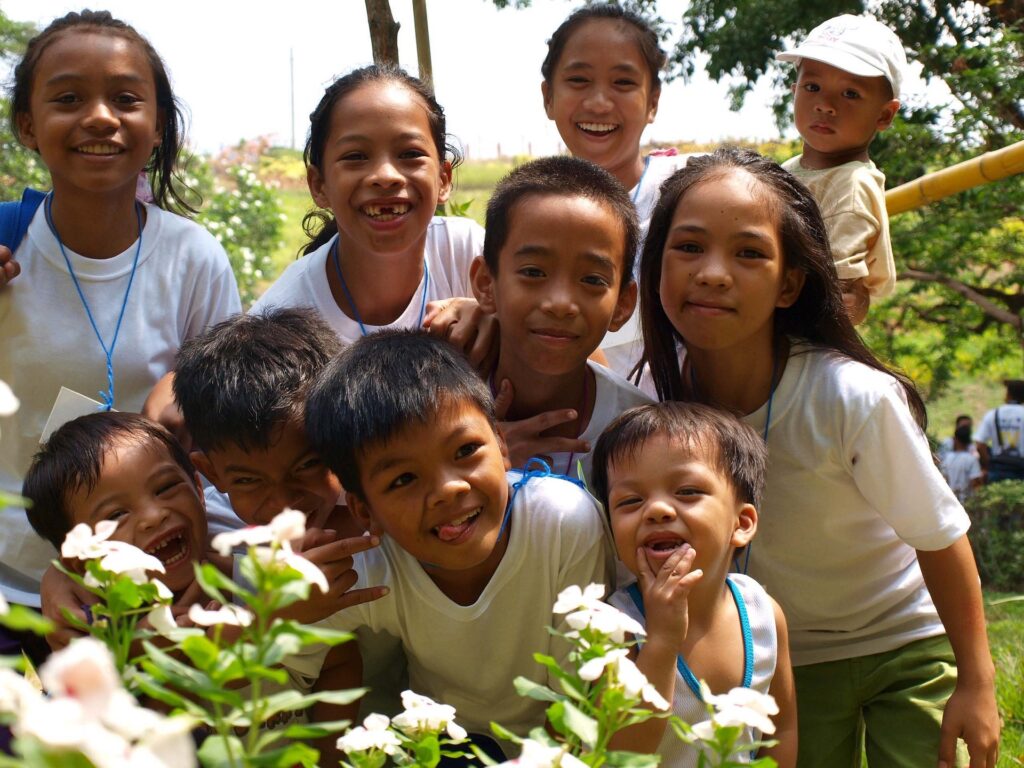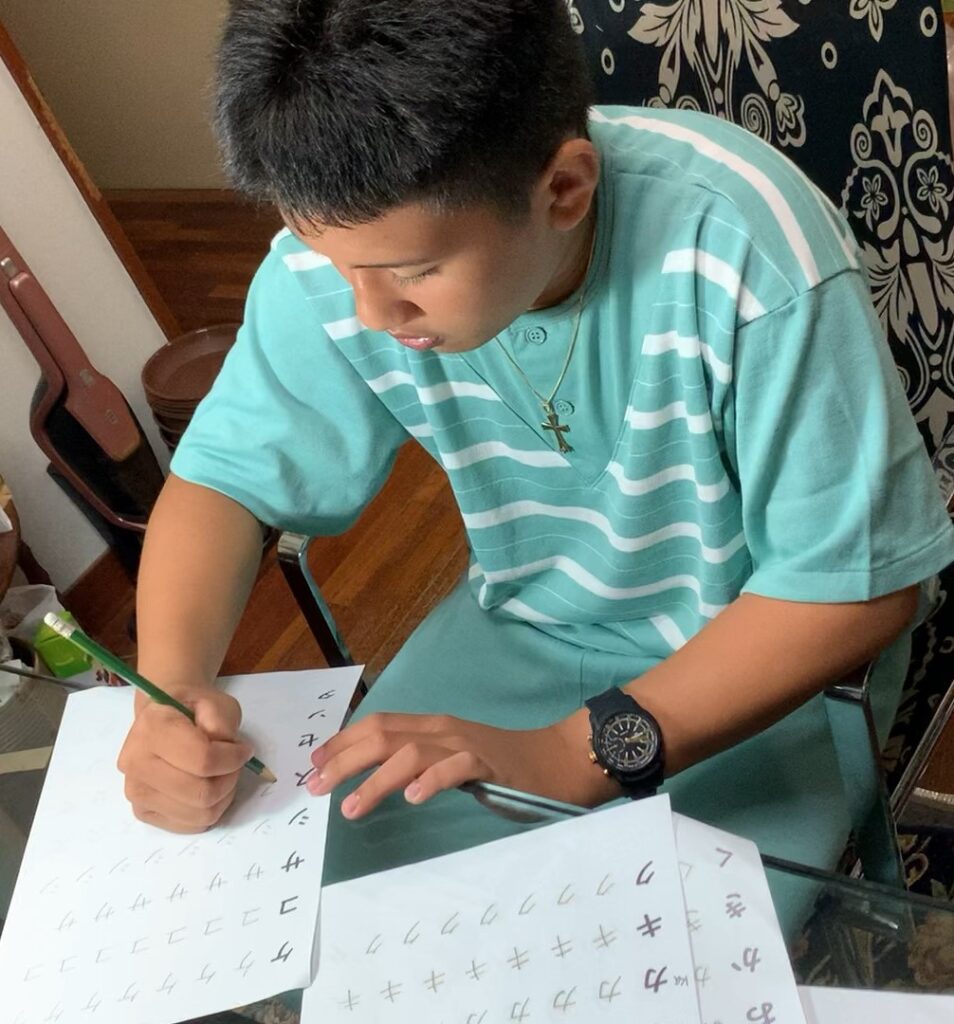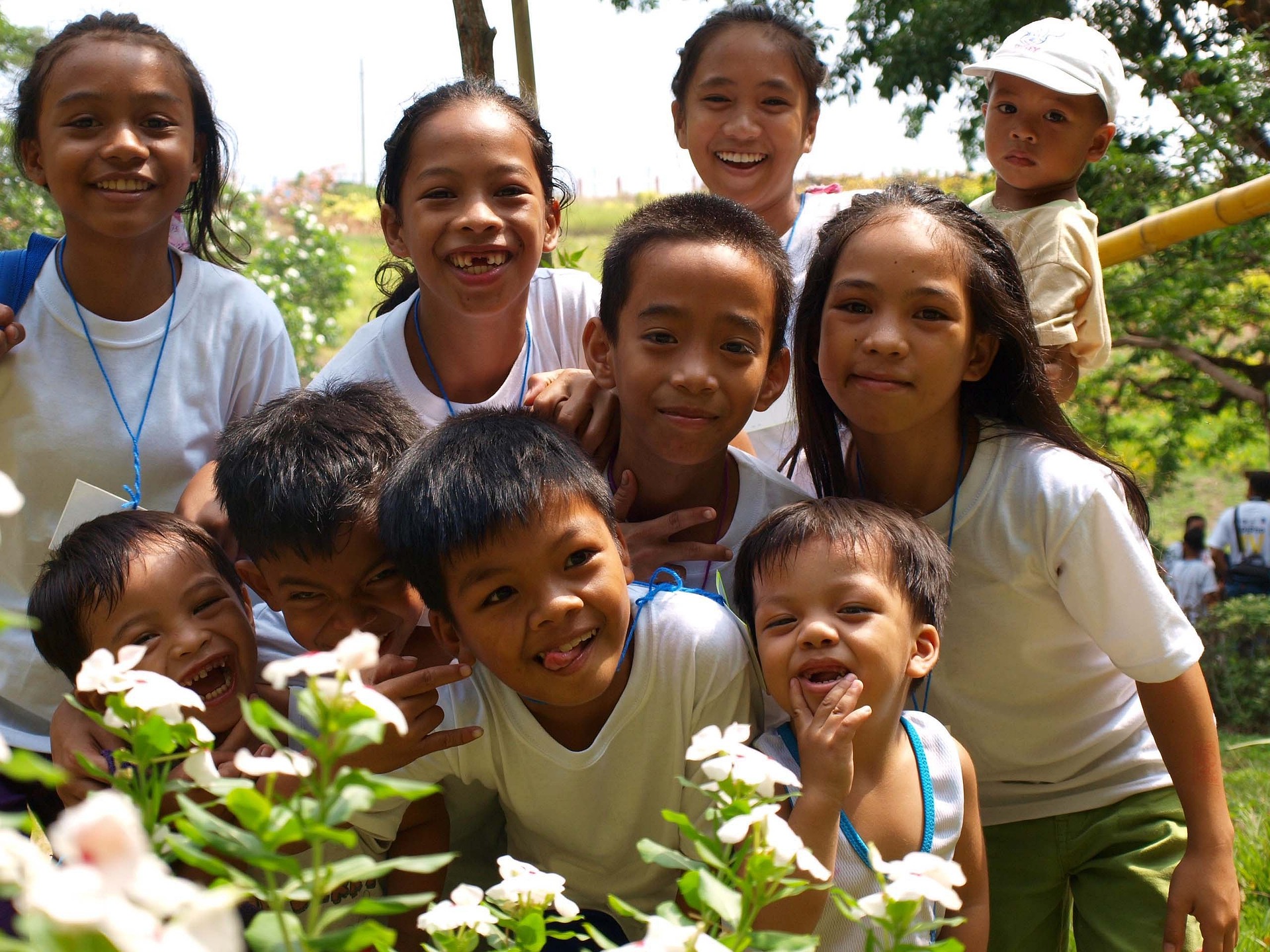
Eduardo DavadによるPixabayからの画像
*At the end of this article, I will attach a printout file of the kanji I made in Word, so please print it out and use it if you need it. I hope it helps someone.
Definition of Language Gap
Language gap is a term usually used to describe the difference in language proficiency between two groups of people from different cultural backgrounds. This time, we will look at the difficulties that Filipino (foreigner) children face when learning Japanese and how to overcome them.
First of all, it is necessary to understand that there are various challenges in learning a second language. For example, many Filipino children have no experience speaking Japanese, so they sometimes struggle with pronunciation.
Also, you may find it difficult because you are not familiar with the grammar and writing style. In addition, Japanese has many words and their structures are complicated, so it is difficult to memorize vocabulary.
To meet these challenges, parents need to encourage their children and support their child’s learning process by providing resources such as books and online courses on Japanese culture and language.
Also, by having them participate in extracurricular classes, they will be able to learn the nuances of spoken Japanese, which will help them improve their pronunciation.
In addition, audio-visual materials such as movies and songs not only cultivate listening comprehension, but also incorporate new vocabulary into the repertoire.
Another way to bridge this language gap is through immersion experiences where you interact directly with native speakers, or visit places like Japan to get direct exposure to the target language on a daily basis.
This is a unique, first-hand experience that cannot be replicated in any other way, helping your child gain a unique insight into how people in other countries and cultures communicate on a daily basis.
Finally, remember that learning a second language takes time, so patience is key for your child to develop new skills in speaking and understanding other languages. !
Even if it takes time, if parents and children work hard together, they will definitely succeed!

Our case 1
My Filipino son could hardly speak or understand Japanese when he came to Japan. He used to watch a lot of Japanese anime, but it seems that it was dubbed into Tagalog.
It seems that there were also animations with subtitles in English or Tagalog, while the language remained Japanese.
He came to Japan on a permanent residence visa, entered junior high school as a first-year junior high school student, and managed to communicate with his classmates in English for about half a year.
Of course, my Filipino wife is not at a level where she can teach Japanese either. Daily conversation is at a level where there is almost no problem.
Inevitably, it will be my role as a Japanese to teach Japanese to my Filipino son.
I am not a teacher and have no experience teaching Japanese. However, I vaguely thought that it would be useless if I could not read and write kanji, so during the first summer vacation, I tried to have the first and second graders learn kanji.
In my spare time at work, I made handouts of kanji with English translations and made him do it over and over again.
*At the end of this article, I will attach a printout file of the kanji I made in Word, so please print it out and use it if you need it. I hope it helps someone.
The difficulty of teaching Japanese to Filipino children
Japanese is a difficult language for Filipino children, especially when they are just starting out. It is difficult for children to understand and master Japanese as a foreign language.
To effectively teach Japanese to Filipino children, it is important to understand these difficulties and find ways to overcome them.
One of the big challenges in teaching Japanese to Filipino children is the difference between the native language and the target language. Differences between Filipino and Japanese include grammatical structure, pronunciation, vocabulary, and writing style.
It can be difficult at first for children who are not used to speaking and reading other languages. Because they are unfamiliar with the language, it becomes difficult for them to understand the new concepts introduced in class.
Also, the Japanese and Filipino sounds are completely different, which can cause confusion.
Another challenge I face in teaching Japanese is not only the linguistic differences between the two languages, but also the cultural differences and motivation levels of children.
Culture plays an important role in learning a foreign language, so it is important to incorporate cultural factors.
This will allow your child to better understand what they have learned about the target culture and enjoy it at the same time.
Furthermore, low motivation can be a problem if not managed properly, as it leads to poor performance in Japanese schools and even dropout from classes.
Fortunately, however, there are ways to overcome the above problems when teaching Japanese to Filipino children’s needs and preferences:
1,Use visual aids such as videos and pictures whenever possible – can facilitate abstract concepts for learners of all ages, including young children, as they are easier to understand visually than explained verbally.
2,Incorporate activities such as games and competitions into the lesson plan – Games provide a fun opportunity for children to practice using their newly acquired knowledge and are an incentive to compete against each other
Combining traditional teaching methods with a modern approach allows for greater flexibility.

our case 2
First of all, as a part of Japanese culture, I watch anime together that match my child’s hobbies and interests. Of course, there are many anime that are aired in Japan that do not have English subtitles.
Since he came to Japan, we started road biking together to make it our common hobby. Speaking of road bikes, it’s the Japanese anime “Yowamushi Pedal”.
He liked to play basketball in the Philippines, so he used anime like “slam dunk”.
We also think that we can learn Japanese history together, so for example, we watch dramas and movies about Japan’s Warring States period and the end of the Edo period.
And I read books about Japan with English translations as much as possible. Whenever he doesn’t understand kanji, I make him look up an English-Japanese dictionary, a Japanese-English dictionary, and a Japanese dictionary.

Historical and cultural differences between Japan and the Philippines
Japanese is a unique and complex language that can be difficult for non-native speakers to master. The difficulty of learning Japanese for Filipino children may be exacerbated by the cultural and historical differences between Japan and the Philippines.
But with the right support and resources, these challenges can be overcome.
One of the big challenges for Filipino children learning Japanese is that they have few opportunities to come into contact with Japanese daily culture.
Japan has a unique culture that is very different from that of the Philippines, and it seems difficult for Filipino children to understand why certain words and phrases are used.
Also, due to centuries of Spanish and American occupation of the Philippines, many Filipinos have grown up speaking English as their mother tongue rather than their mother tongue Tagalog or other languages.
Therefore, He is not familiar with Japanese grammar and pronunciation rules, and have a hard time understanding Japanese.
In order to help them overcome the difficulty of learning Japanese, it is necessary to have them watch the original Japanese animation (with subtitles if necessary),
listen to the music of contemporary Japanese artists, etc. It is important to expose the content of
By doing so, you can learn about daily life in Japan and get used to conversation patterns, which will come in handy when you have conversations in the future.
Also, after school, they will be taught the correct pronunciation by a native teacher, and at the same time, they will consider having them participate in a well-received after-school program where they can practice with friends who have the same goals outside of class. Good.

↑ Minamisoma Multicultural Center SAKURA
It is a foreigner symbiosis support center in the area where we live. I’m sure there’s a community doing similar activities in your area.
Learning a new language takes time, but if you have a supportive environment at home, you’ll be fluent faster than if you were alone without any guidance or support!
And children and students of all backgrounds are sure to be able to master this beautiful and complex language!
↓This is a kanji practice print for 1st and 2nd grade elementary school students that I made for my Filipino son. Feel free to use it if you need it.



コメント